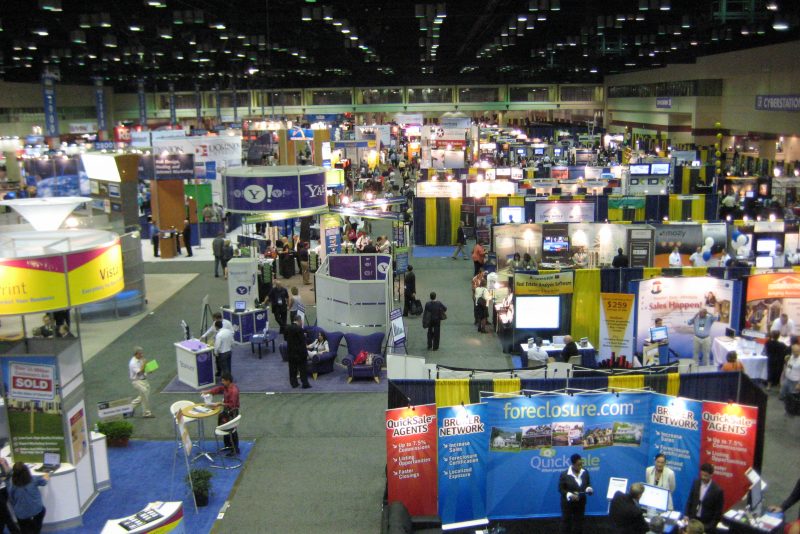The problem of unfriendly IT and uncooperative technologists is frequently cited by the business as one of the biggest complaints about why business is not more effective and efficient.
I was recently connected with a blog on the internet where a new customer of SAP was having a wonderful time complaining about all of their vendors and what they referred to as the presumptuous moniker of “partners’ for suppliers to business. This rant got me thinking about how frequently business complain about the poor responsiveness they get from technologists. IT and the technologists in IT are of course more than a service organisation. IT is the provider of many opportunities for business operational improvement and IT is often an enabler of more innovative ways to achieve the same business outcomes. It would be fair to say, that were it not for the concept of ‘systems’, manual or automated, business would not be what it is today.
Looking back in my past it is funny to think how frequently service departments quickly became the nexus of frustration for business operations and even IT. If the mailcarrier arrived late, the accounts receivable department would complain that they couldn’t complete their banking in time for the day. If the messenger was delayed, lazy or off sick then the payments couldn’t be sent out, and if the cleaners didn’t empty the trash, the workers would have to do it themselves or had to stop work because their scrap bins were overloaded and their workspace congested. Daily, IT becomes another focal point for complaint on the part of the business, because IT is becoming increasingly critical for completion of business processes and technology doesn’t always work and doesn’t always work the way it should.
The mail is late and the bank account is empty
Of course the pressure on the mail carrier and the messenger has been somewhat alleviated through reduced dependency but for the manufacturer or distributor the cleaner and the 3rd party logistics operator continue to be a critical role in the overall process of doing business. So too with IT, we may not send letters so frequently but we do send and receive email and now we even transact over the internet and connected business networks all of which rely upon a complex set of electronic, mechanical and human relationships. The business user who has no desktop computer or terminal or laptop is a rare bird indeed.
Unfortunately few technologists really relate to the business user experience and the criticality of routine in the workplace. Business is run, for the most part, efficiently and effectively by routines. Constantly repeatable and replicable activities that have a start and a finish and then loop. Programmatically, a developer can understand the concept of a loop however does the developer understand that just as a program may contain a loop, so too does the business?
Without spending time and energy trying to understand the business problem and work out where the business is getting frustrated or wasting time and energy in unproductive practices, technologists cannot help the business properly or may in fact discover that they represent frustration for the business. Simple changes in the business user’s application interface can for example, bring massive efficiencies. The simple ability to tab through data fields, although seemingly archaic, is fundamental to user productivity. The mixed modes of mouse clicking, “enter” and tab keystrokes conversely, mean that the user’s data entry rhythm is broken. For this reason, business often switches to a collation mode that is offline from the main system of record (SAP). This mode is often homed in the MS Excel world where users can work almost entirely with keyboard strokes. For those who cut their business teeth on older electronic spreadsheets like Lotus 1-2-3 this is even more critical.
Being a cog
Business users generally don’t hold a sword over IT’s head any longer. There was a time though, when business users would say, “we don’t need IT, if it weren’t for us, IT wouldn’t be here” and “the work I do, ensures IT has a job”. Business may not be saying that, but you know that they’re probably still thinking it sometimes. This is somewhat akin to the salesman telling the back office that if he wasn’t selling product the business wouldn’t be doing business. Of course all of these things are true to some extent, however more importantly, all of those working in the organization have a role. The role is to be one of the cogs or one of the gears that drives the business engine but more importantly, to be an appropriate and effective cog or gear.
The cog is engineered in such a way that it is synchronised with adjoining cogs. That it is the right size, for if it is too small the gears do not mesh and if it is too largethe gear doesn’t work. I think we can all relate somewhat to this analog and know people who either help things run properly or make things stop working, on both the IT and the business side.
While we may all appear to fit well, a well “oiled engine” or efficient one is one that is in fact serviced, maintained and ‘lubricated’. When dealing with people, the ‘lubrication’ can only be achieved by communication and that is best achieved by understanding your role and ensuring that you are meeting the expectations of those you are supporting around you. Regular dialog between the business user and IT is fundamental to ensuring IT and business success and every technologist should take every measure possible to ensure that communication is facilitated and appropriately responded to.
Technologists should learn more about the business, spend time with business users, watch how they work and understand all of what they do. As a technologist you should immerse yourself periodically in the business user’s world and see to it that the solutions that you are providing are working as planned and more importantly, that they carry effectiveness and efficiency with them to the business user’s workplace. You should look for opportunities to be innovative and to rework the technology in such a way that it is appropriate and relevant to the business’ needs. More importantly, just when you think you have engaged in enough understanding of what the business is doing and how they are doing it, start again and you will probably find more opportunities to help or improve the business user’s experience.
Consider this especially when working with configuration management or UI development. Consider that users whose primary work environment is MS Excel, like to work in that environment. Desktop integration tools that work with MS Excel help users to be more independent and more functionally capable and should always be considered a high performance business process optimization opportunity alternative to expensive and relatively slow customized development of the SAP UI.
The original posting of this article was on SAP SCN here


